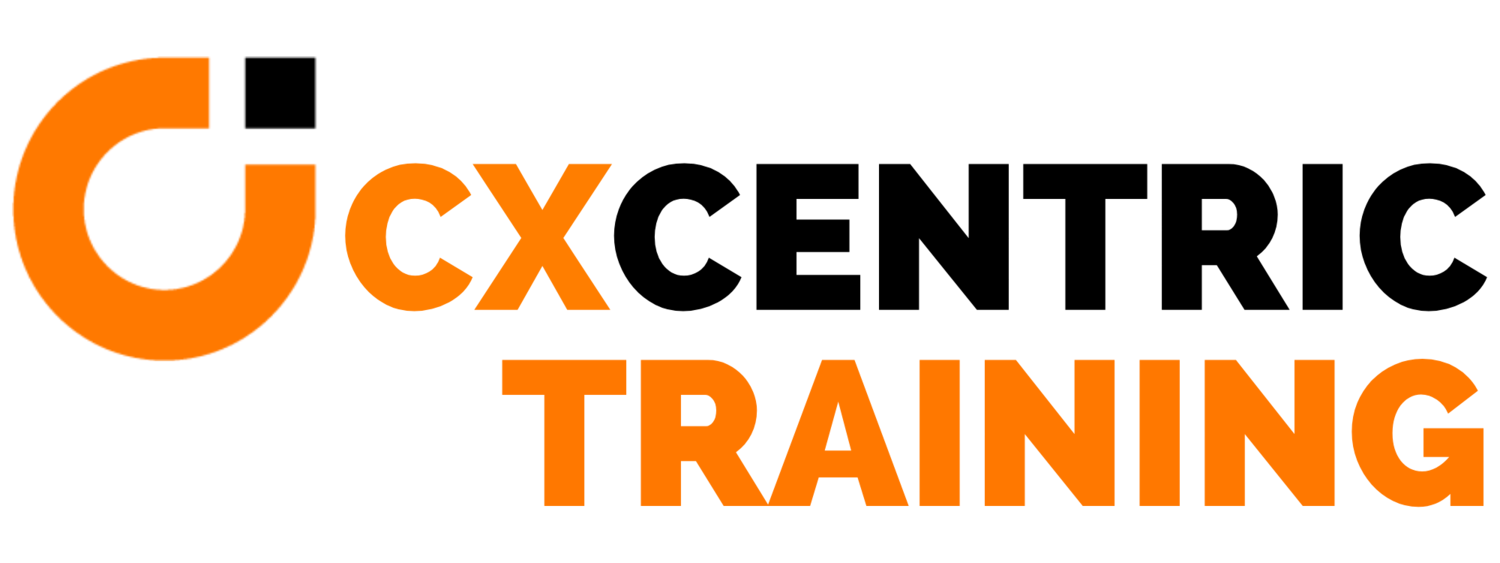Getting the most from Customer Journey Mapping. Featuring Yuri Vedenin’s
This is an extract from The Customer Experience Playbook by Jonathan Daniels. The full book can be purchased here. Journey mapping is a very demanding and complex process that requires the most dedicated and well-informed about the subject to get to plan, implement and review the process. Journey mapping helps the organization to improve its customers’ experience hence a very important process for every organization which seeks to please and satisfy its customers.
The Challenge:
Realizing the delicate and intricate process which is involved with customer journey mapping, Vedenin has come up with a few rules for one to follow when it comes to inviting teammates to one’s customer journey mapping workshop. One should invite team members who can share knowledge about actual customer journeys.
The Approach and Implementation:
• Customer service and sales reps. They are the ones who talk with your customers face-to-face. There are lots of ideas and insights they can share so they are your VIP guests.
• Marketing folks, customer experience specialists, and researchers (including the ones who do usability tests, web analytics reviews, etc.). Even if they don't talk to the customers, they know a lot about how things are going with your customer journey here and now.
• Product owners if they communicate with customers and have a more or less clear idea of what the customer journey looks like at the moment.
More Solutions and the intended Results:
Even if employees might not take part in the transformation process and implement the changes on their own, one needs their input to bridge the gaps in the customer journey and enable them to share the knowledge they have. Yuri Vedenin (Director of Uxpressia) further highlights that one needs to invite employees to workshops who will bring one’s journey maps to life and implement the changes. They can have little to no knowledge about the customer journey, but it’s these people whose work will be directly affected by whatever you might discover during the workshop. In this case, their roles can be pretty much the same as above. Plus, think about inviting the IT folks, office managers, and any other internal roles who will take part in the journey mapping implementation process. Invite the organization’s influencers and decision-makers. As long as you want to get time and resources for further customer experience improvement, you need them aboard. Besides, these folks do not often communicate with customers directly and therefore might have a very vague idea of what experiences their customers are going through and what pain points they face. Showing them the areas of opportunity is bound to be an eye-opener and the first step to an improved customer experience process within the organization. Needless to say, there is more than one way to conduct a customer journey mapping workshop. We shared the approach we use at UXPressia and hope it gives you a good head start.”
Furthermore, with the ‘Teams’ section of the CX-CENTRIC framework, we outline the roles required along with the tasks, attributes, and knowledge required. Concerning Customer Experience transformation, we suggest that one is likely to bring in people and take out people where necessary, as this is dependent on what needs to be delivered and depending on their general workload. Thus it is of paramount importance for one’s team to regularly review the core actions that are required, understand if they are being executed or not, and pinpoint who is performing them. The roles and responsibilities of each one involved in the transformation process must be reviewed quarterly. Here, the overall objective is to ensure clear accountability on one’s transformation process, which improves efficiency and keeps confusion to a minimum.


